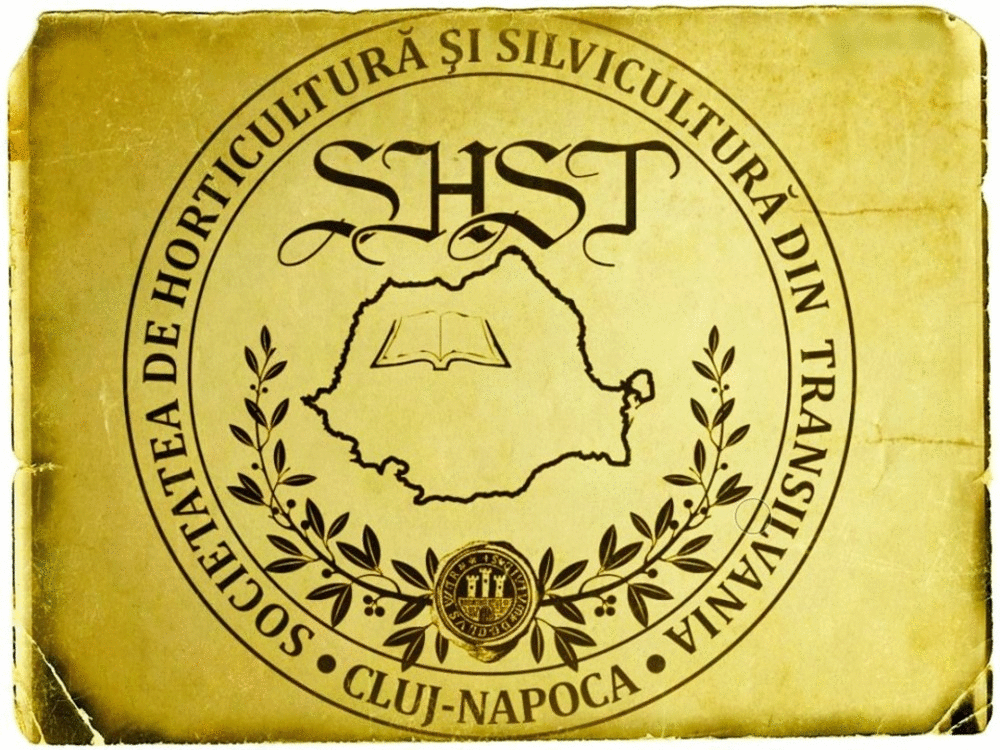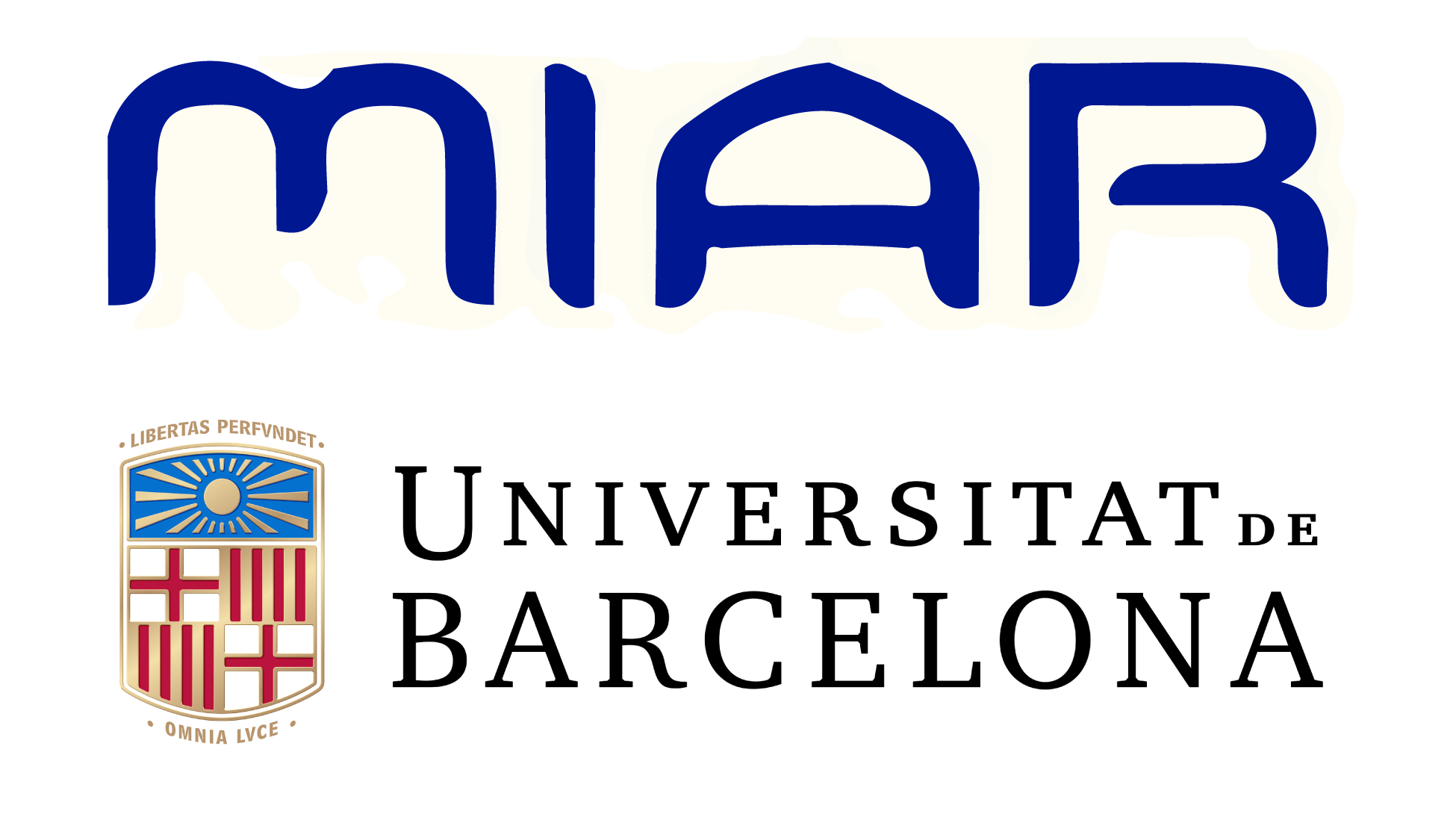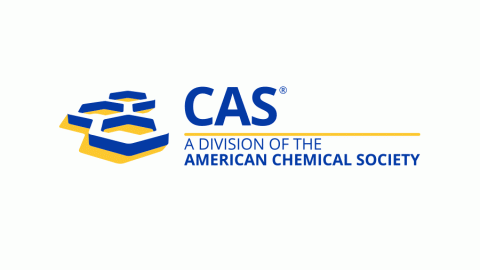Molecular identification and genetic variation studies in economically important cephalopods at Beypore Fishing Harbour (Kozhikode), South West coast of India
DOI:
https://doi.org/10.15835/nsb13110862Keywords:
cephalopods; cytochrome c oxidase 1; DNA barcoding; phylogenetic analysisAbstract
Cephalopods are ecologically and economically important marine groups in the world. Biodiversity description is essential for sustainable utilization of natural resources and to characterize biological entities for conservation. DNA barcoding is an effective tool used for identification of organisms at species level and is been widely used for delineate several ambiguity species. In this study, partial sequence of mitochondrial cytochrome c oxidase 1 (CO1) gene with a mean size of 680 bp was amplified by universal primers. Totally 13 individuals of Cephalopods comprising of three species, were barcoded and genetic variation was analysed. The maximum A+T content (67.60%) was recorded in Cistopus indicus and minimum (63.70%) in Sepioteuthis lessoniana. The maximum K2P distance (0.268) was found between the genus Cistopus and Sepioteuthis whereas the minimum distance (0.188) was observed between Uroteuthis and Sepia. The neighbour joining tree revealed three distinct clades represents Loligonidae, Sepiidae and Octopodidae with high boot strap values. However, Sepioteuthis lessoniana is showing a bifurcated branch and it may due to the co-occurring of cryptic species and till date this species is treated as Sepioteuthis lessoniana complex.
Metrics
References
Allcock AL, Barratt I, Eleaume M, Linse K, Norman MD, Smith PJ, … Strugnell JM (2011). Cryptic speciation and the circumpolarity debate: a case study on endemic Southern Ocean octopuses using the CO1 barcode of life. Deep Sea Research Part II: Topical Studies in Oceanography 58:242-249. https://doi.org/10.1016/j.dsr2.2010.05.016
Anderson FE, Engelke R, Jarrett K, Valinassab T, Mohamed KS, Asokan PK, … Dunning M (2011). Phylogeny of the Sepia pharaonis species complex (Cephalopoda: Sepiida) based on analyses of mitochondrial and nuclear DNA sequence data. Journal of Molluscan Studies 77:65-75. http://dx.doi.org/10.1093/mollus/eyq034
Appukuttan K (1996). Marine molluscs and their conservation. In: Menon NG, Pillai CSG (Eds). Marine Biodiversity, Conservation and Management CMFRI pp 66-80. http://eprints.cmfri.org.in/id/eprint/4097
Avise JC (2000). Phylogeography: The history and formation of species. Harvard University Press, Cambridge, MA, pp 447.
Badhe MR, Pavan-Kumar A, Gireesh-Babu P, Nandanpapwar P, Chaudhari A, Jaiswar AK, … Lakra WS (2013). DNA barcoding of selected cephalopods from Indian coast. Indian Journal of Animal Science 83(8):862-866.
Bickford D, Lohman DJ, Sodhi NS, Ng PKL, Meier R, Winker K, … Das I (2007). Cryptic species as a window on diversity and conservation. Trends in Ecology and Evolution 22:148-155. https://doi.org/10.1016/j.tree.2006.11.004
Carlini DB, Graves JE (1999). Phylogenetic analysis of cytochrome c oxidase I sequences to determine higher-level relationships within the coleoid cephalopods. Bulletin of Marine Science 64:57-76.
Cheng SH, Anderson FE, Bergman A, Mahardika GN, Muchlisin ZA, Dang BT, … Barber PH (2014). Molecular evidence for co-occurring cryptic lineages within the Sepioteuthis cf. lessoniana species complex in the Indian and Indo-West Pacific Oceans. Hydrobiologia 725:165-188. https://doi.org/10.1007/s10750-013-1778-0
FAO (2006). Western Indian Ocean. Fishing area 51. Volumes I-VI. FAO Species Identification Sheets for Fishery Purposes. Rome, FAO. 2006. CD-ROM.
Folmer O, Black M, Hoeh W, Lutz R, Vrijenhoek R (1994). DNA primers for amplification of mitochondrial cytochrome c oxidase subunit I from diverse metazoan invertebrates. Molecular Marine Biology and Biotechnology 3:294-299.
Hajibabaei M, Smith AA, Janzen DH, Rodriguez JJ, Whitfield JB, Hebert PDN (2005). A minimalist barcode can identify a specimen whose DNA is degraded. Molecular Ecology Notes 6:959-964. https://doi.org/10.1111/j.1471-8286.2006.01470.x
Hanlon RT, Chiao CC, Mäthger LM, Barbosa A, Buresch KC, Chubb C (2009). Cephalopod dynamic camouflage: bridging the continuum between background matching and disruptive coloration. Philosophical Transactions of the Royal Society of London B: Biological Sciences 364:429-437. Https://doi.org/10.1098/rstb.2008.0270
Hebert PD, Stoeckle MY, Zemlak TS, Francis CM (2004). Identification of birds through DNA barcodes. Plos Biology 2(10):e312. https://doi.org/10.1371/journal.pbio.0020312
Hebert PDN, Ratnasingham S, Waard JR (2003). Barcoding animal life: cytochrome C oxidase subunit 1 divergences among closely related species. Proceedings of the Royal Society of London B: Biological Sciences 270:S96-99. https://doi.org/10.1098/rsbl.2003.0025
Herke SW, Foltz DW (2002). Phylogeography of two squid (Loligo pealei and L. plei) in the Gulf of Mexico and Northwestern Atlantic Ocean. Marine Biology 140:103-115. https://doi.org/10.1007/s002270100680
Hubert N, Hanner R, Holm E, Mandrak NE, Taylor E, Burridge M, ... Bernatchez L (2008). Identifying Canadian freshwater fishes through DNA barcodes. PLoS One 3:e2490. https://doi.org/10.1371/journal.pone.0002490
Kimura M (1980). A simple method for estimating evolutionary rates of base substitutions through comparative studies of nucleotide sequences. Journal of Molecular Evolution 16:111-120. https://doi.org/10.1007/BF01731581
Kumar S, Tamura K, Peterson D, Peterson N, Stecher G, Nei M (2011). MEGA5: Molecular evolutionary genetics analysis using maximum likelihood, evolutionary distance, and maximum parsimony methods. Molecular Biology and Evolution 28:2731-2739. https://doi.org/10.1093/molbev/msr121
Murphy JM, Balguerias E, Key LN, Boyle PR (2002). Microsatellite DNA markers discriminate between two Octopus vulgaris (Cephalopoda: Octopoda) fisheries along the Northwest African Coast. Bulletin of Marine Science 71:545-553.
Pratasik SB, Sambali H, Manoppo L, Tilaar FF, Salaki MS (2019). Genetic variations of cuttlefish Sepia latimanus (Cephalopoda, Sepiidae) in North Sulawesi waters, Indonesia. Aquaculture, Aquarium, Conservation & Legislation 12(3):792-803.
Ratnasingham S, Hebert PDN (2007). BOLD: the barcode of life data system. Molecular Ecology Notes 7:355-364. https://doi.org/10.1111/j.1471-8286.2007.01678.x
Sambrook SJ, Russel DW, Janssen KA, Irwuin NJ (2001). Molecular cloning: a laboratory manual. 3rd edn. Cold Spring Harbour Laboratory Press, Cold Spring Harbour, New York.
Strugnell JM, Lindgren AR (2007). A barcode of life database for the Cephalopoda? Considerations and concerns. Reviews in Fish Biology and Fisheries 17:337-344. https://doi.org/10.1007/s11160-007-9043-0
Voight JR (1993). A cladistic reassessment of Octopodid classification. Malacologia 35:343-349.
Ward RD, Zemlak TS, Innes BH, Last PA, Hebert PDN (2005). DNA barcoding Australia fish species. Philosophical Transactions Royal Society B: Biological Sciences 360(1462):1847-1857. https://doi.org/10.1098/rstb.2005.1716
Yalla SK, Mohanraju R (2019). DNA barcoding of commercially important cephalopods from Andaman Islands, India. Regional Studies in Marine Science 25:100479. https://doi.org/10.1016/j.rsma.2018.100479
Downloads
Published
How to Cite
Issue
Section
License
Papers published in Notulae Scientia Biologicae are Open-Access, distributed under the terms and conditions of the Creative Commons Attribution License.
© Articles by the authors; licensee SMTCT, Cluj-Napoca, Romania. The journal allows the author(s) to hold the copyright/to retain publishing rights without restriction.
License:
Open Access Journal - the journal offers free, immediate, and unrestricted access to peer-reviewed research and scholarly work, due SMTCT supports to increase the visibility, accessibility and reputation of the researchers, regardless of geography and their budgets. Users are allowed to read, download, copy, distribute, print, search, or link to the full texts of the articles, or use them for any other lawful purpose, without asking prior permission from the publisher or the author.













.png)















